|
Raptor Free flight has begun this week at the Arizona-Sonora Desert Museum. I went by for the morning show on Tuesday the 24th along with several dozen of my newest BFF's. Three birds flew, a Great Horned Owl, a Chihuahuan Raven, and the newest addition to the roster, a juvenile Crested Caracara. Let's take them in reverse order. The Crested Caracara is a tropical vulture in the falcon family, with year round distribution from South and Central America into Mexico, coming as far north as Arizona, Texas, and Florida. This bird is one of two born in captivity last spring at the Desert Museum. Unfortunately his training for raptor free-flight was interrupted when he tried snacking on a scorpion and was bitten. Fortunately anti-venom and a lot of care pulled him through, and he is back on the line up. As one might expect of a rookie, on Tuesday there was more trotting and hopping than flying. The Crested Caracara eats insects, fish, birds, and small mammals as well as carrion (dead stuff). Note the lack of feathers on the face, similar to other vultures. Above and below are views as he perched on a snag. Note that this is a juvenile, for beautiful images of adults see Tom Grey's website. Below, he is taking off. For more about how birds learn to fly see this link. Raptor free flight runs until spring of 2018. It will be fun to see him grow during the season. Chihuahuan RavenThe Corvid family includes crows, ravens, rooks, jackdaws, jays, magpies, treepies, choughs and nutcrackers. In SE Arizona we see two species of raven, and no crows. The more common raven around Tucson is, the Common Raven (how about that!), but we can also see the Chihuahuan Raven. For more on Ravens and Corvids in general, see the entry for Common Raven in the Birds folder on this site. This year the Desert Museum has a Chihuahuan Raven as part of the raptor free flight, and he was on deck on Tuesday. This is a great chance to see these birds. The look much like the Common Raven, but are smaller. The size difference is clear if one is lucky enough to see them side by side. Above the bird is in flight. Below we see images of a volunteer handler catching and releasing the bird as part of the free flight circuit. The last shot shows the wing span in comparison to the handler. As of this writing (Sunday, October 29th) the eBird App on my iPhone tells me that most of the recent sightings of Chihuahuan Ravens are from Sahuarita and south toward Green Valley. For more on eBird see this link. Great Horned OwlThe Great Horned Owl is a regular for raptor free flight. See this link for my posting from the fall of 2015. They are great to see sitting up close on a snag, or perfectly quiet in flight. Image above, owl launches into flight from a snag. Below, resting on snag. 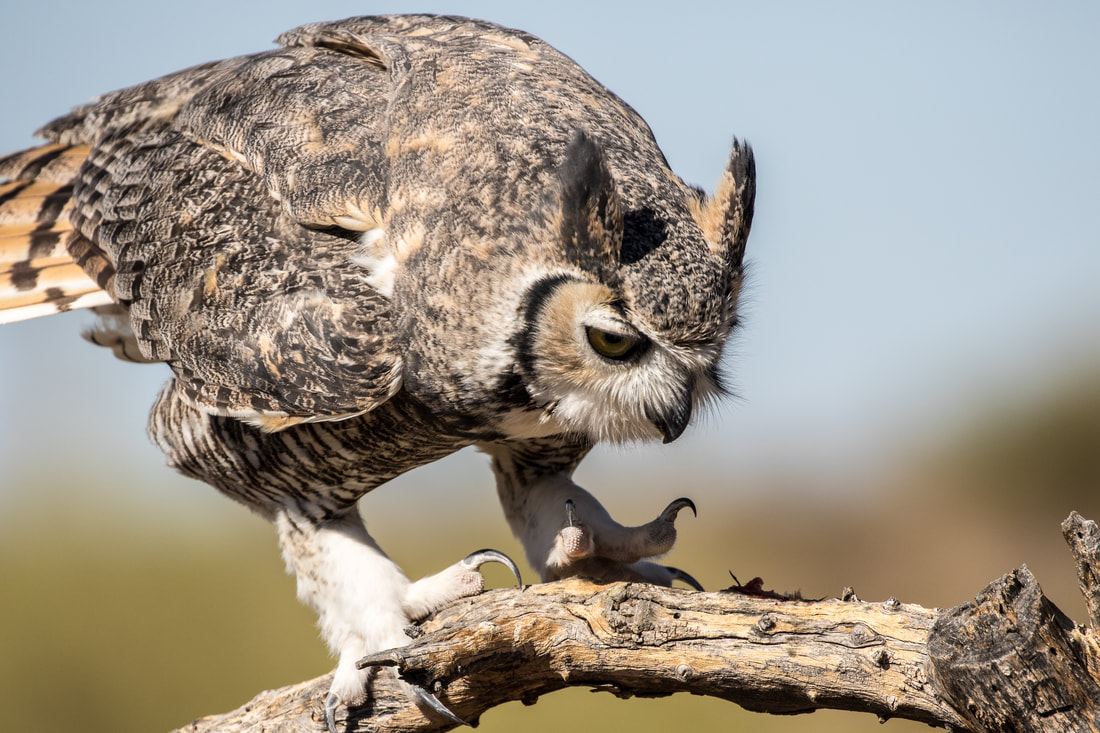 Above, carefully examining his tidbit of raw meat. I like the raised talons on the left foot. Below, landing with the sun to the left, lighting up flight feathers. The handler is ducking, always a good idea when close to these birds! That's all for now! Happy trails.
3 Comments
Every Wednesday morning Luke Safford leads a Tucson Audubon field trip at Sweetwater Wetlands, just west of Interstate 10, north of Prince and south of Ruthrauff Road. October start times are 7 am. Wednesday October 4th we had a good group of about 20 friendly birders trekking around the ponds, identifying a total of 65 species. Here is a non-random sampling* of what we saw. *Non-random sample: What I was able to photograph and post here! Snowy EgretThe Snowy Egret is considered the most elegant of Heron's, a slim bird with snowy white feathers, a long black bill, long black legs and bright yellow feet. For SE Arizona, Richard Taylor's handbook (Birds of Southeastern Arizona) considers them uncommon in summer and "casual" in winter, although they seem to be regulars at Sweetwater. On October 4th, they were many in flight, best viewed later in the morning from the western side of the park. Below are three images of these beautiful birds in flight, showing how they can fold up their long necks. Like the Green Heron we saw in a prior post, the long neck combined with the sharp bill is a great asset for spearing live prey under the water. Their very long legs extend well beyond their tails in flight. The following three images show the bird almost overhead, with their white wings transilluminated against a blue sky, showing the bone structure of the wing in relation to the wing feathers. The last image shows the outline of the bones of the wing. Bird wings correspond to human arms. Above, the short bone closest to the body is the humerus, with the next set of bones the ulna and radius. The most distal part of the wing is a mixed fusion of what is the wrist and hand for us. The Primary Feathers, responsible for power lifting and maneuvering are attached to these distal hand/wrist bones. The Secondaries, important for maintaining lift are attached to the Ulna. For "Everyhing You Need to Know About Feathers," see this page from the Cornell Lab Bird Academy. Finally, to round things out, here is an image from January of 2016, Sweetwater Wetlands, of a Snowy Egret at the edge of one of the ponds, perhaps shopping for lunch. Black-crowned Night-HeronHeron #2 for the day, the Black-crowned Night-Heron, stands in contrast with the elegant Snowy Egret, being stocky with a short thick neck with red eyes. They forage at night and dusk, roosting during the day. We were lucky to spot these two herons, an adult and a juvenile, sitting in a tree close to the water. The two images below are the adult. Below the juvenile. The image that follows shows them sharing a tree. Junior seems to have the basement apartment. Black-crowned Night-Heron's are social birds, breeding in colonies in stick nests often built over water. They are the most widespread Heron in the world. SoraThe Sora is secretive resident of fresh water marshes, hiding in reeds. They are easy to hear and tough to see. We were fortunate that this one actually came out into the sun for a few minutes foraging for food. We can see the yellow bill and short tail held up in a characteristic fashion showing the white underparts. The images below show the long yellow legs and feet that are great for walking on reeds. The Sora is the most common and widely distributed rail in North America. VerdinWe spotted this Verdin early on the walk. It is a small and active songbird of the southwest United States and Mexico. In the order Passeriformes (songbirds) it is the only North American member of the penduline-tit family, Remizidae. The bird is gray with a yellow head, and a rufous shoulder patch, not often seen, but visible here. They are present year around in SE Arizona. Green HeronLet's finish up with Heron #3 for the day, a Green Heron, who greeted us early in the walk, this time without a frog! (For the frog, see this link). That's all for now! Come join us any Wednesday morning. For details see the Audubon site. Happy trails! |
AuthorHenry Johnson, photographer and author of this site. For more detail, see About
Categories
All
Archives
July 2024
|
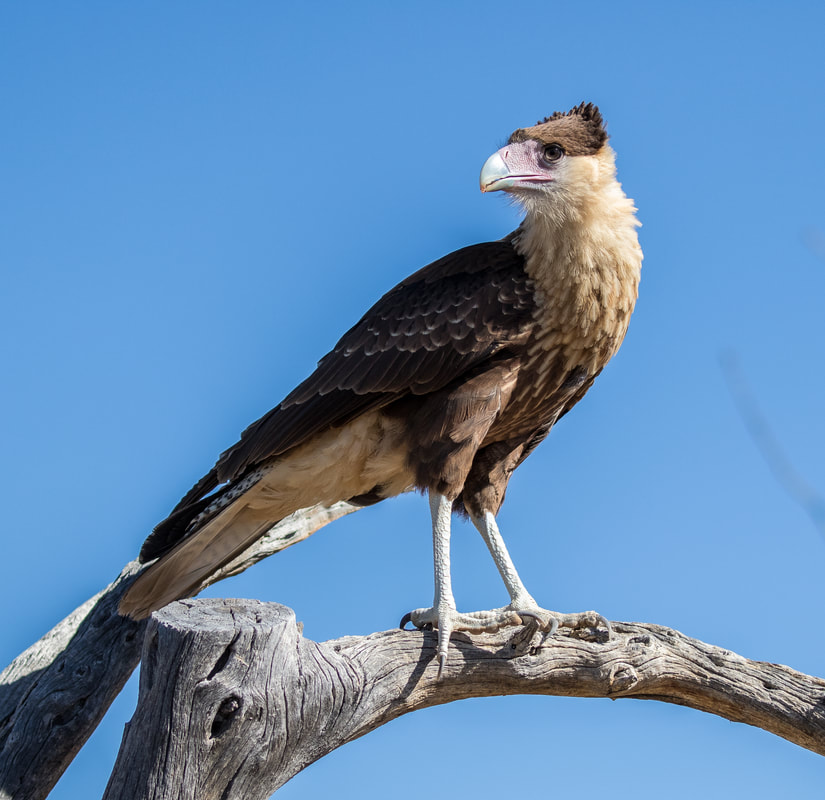
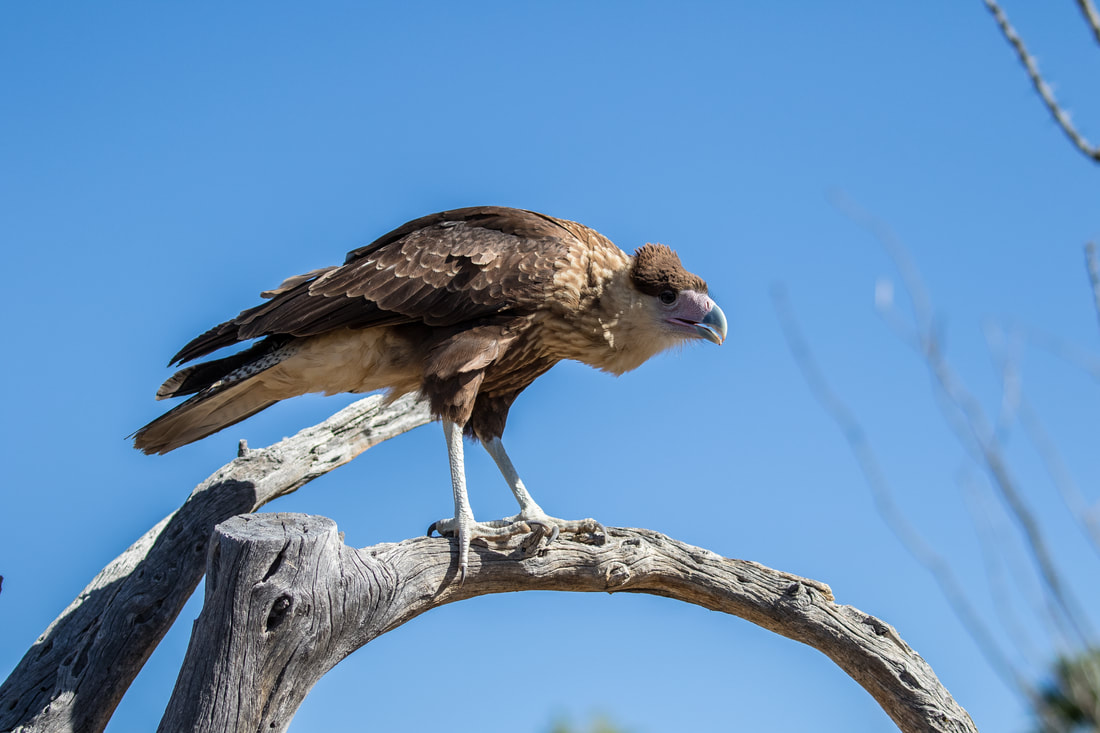
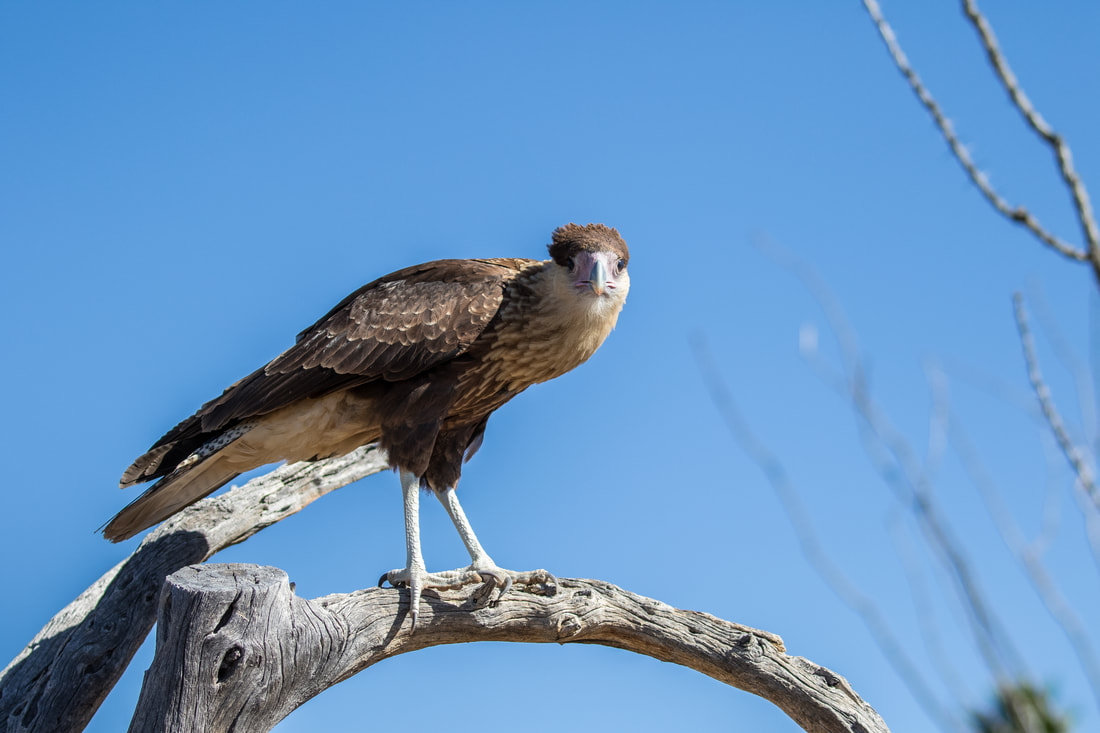
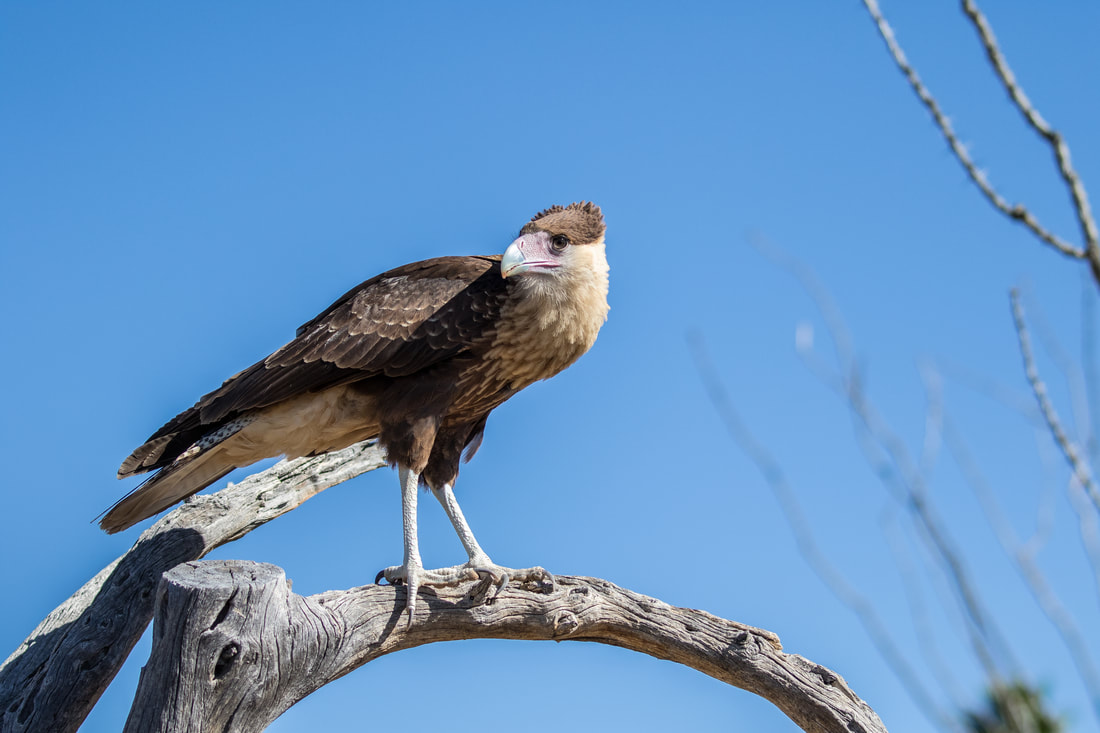
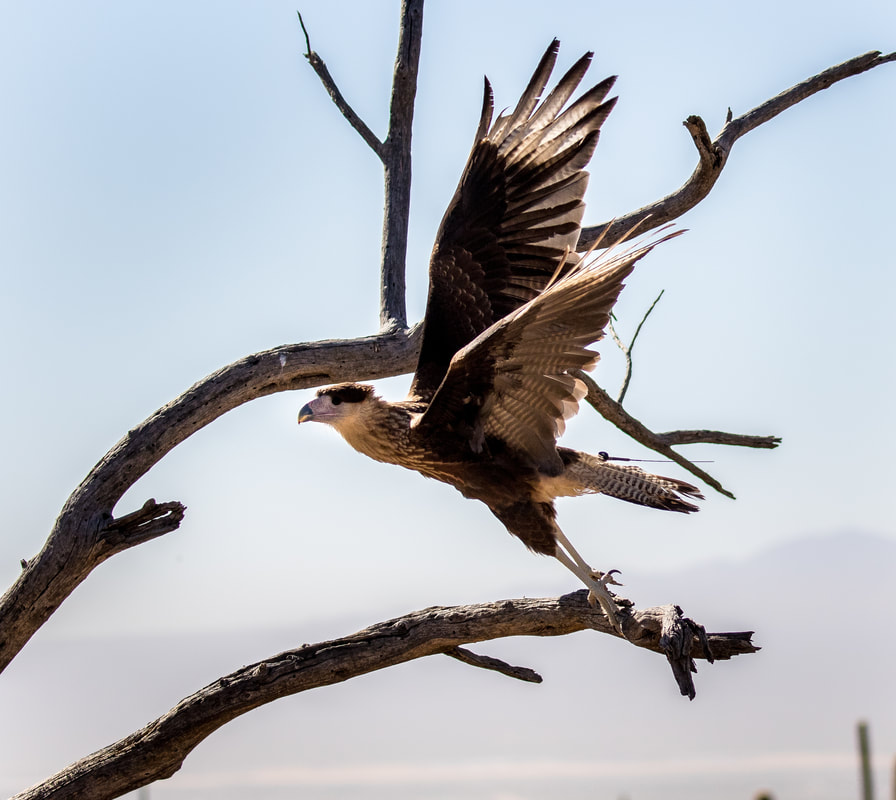
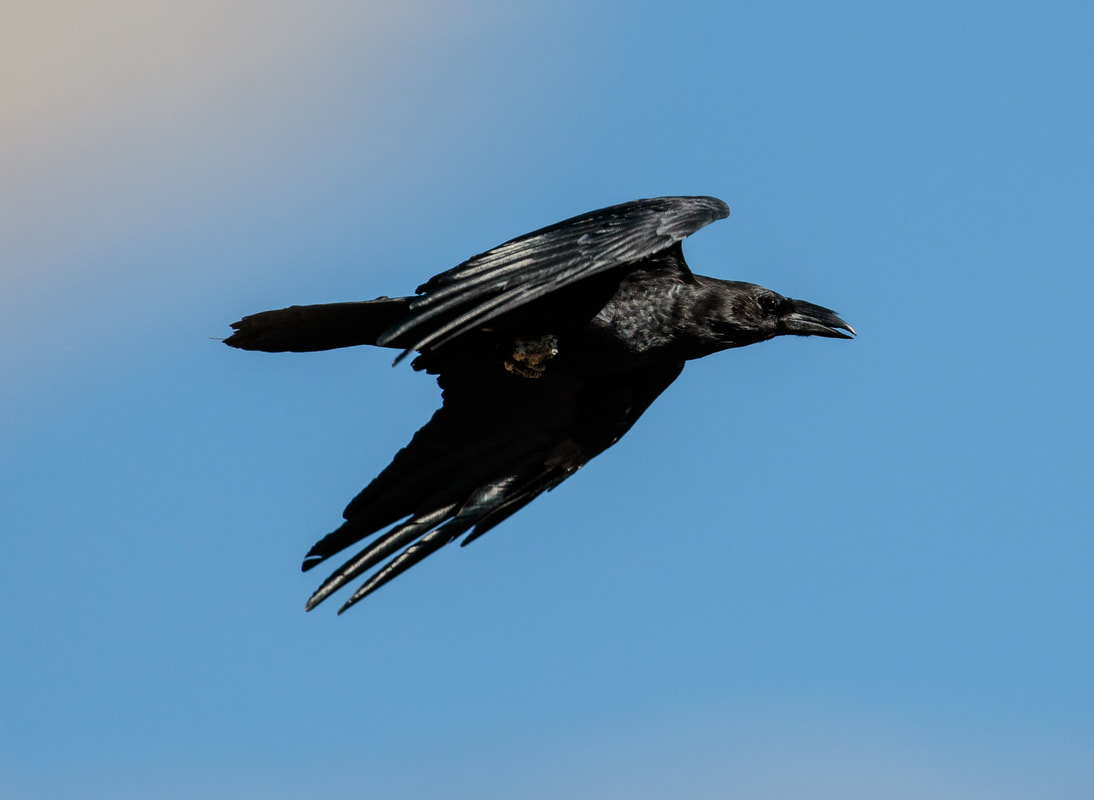
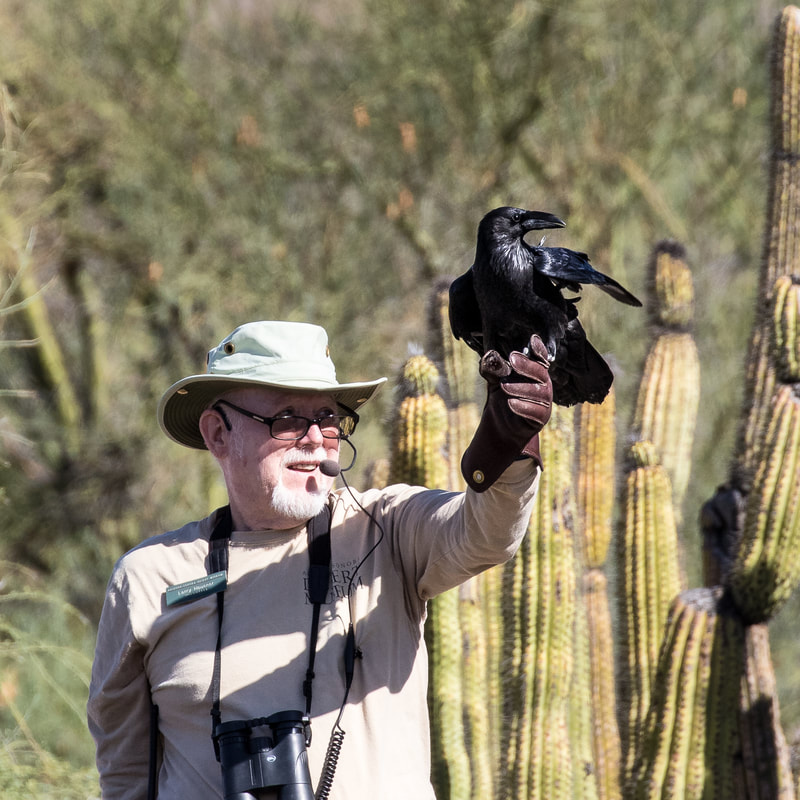
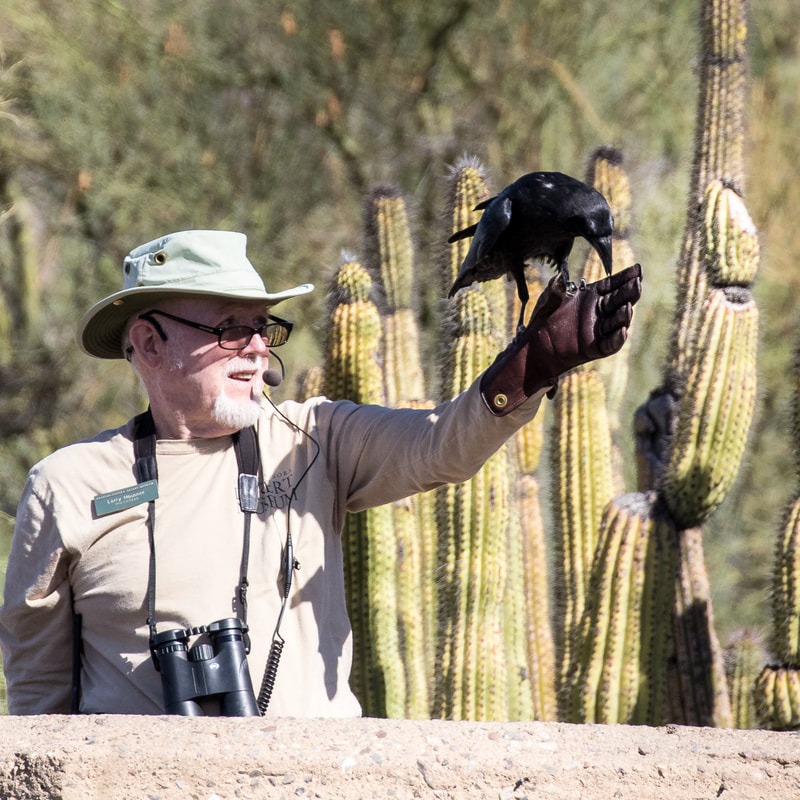
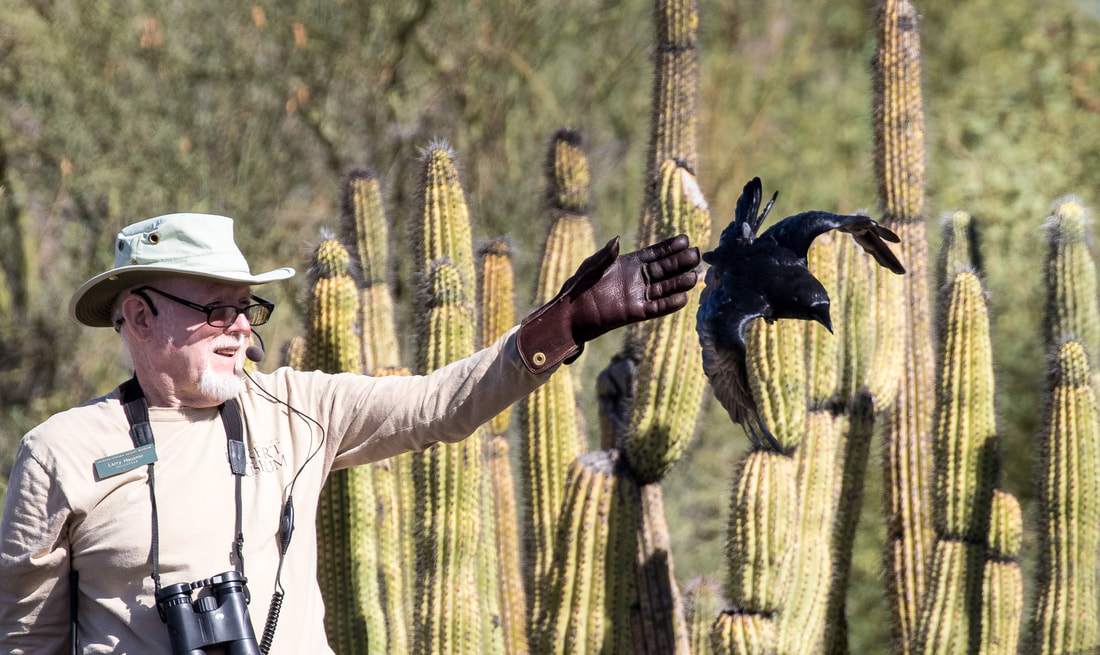
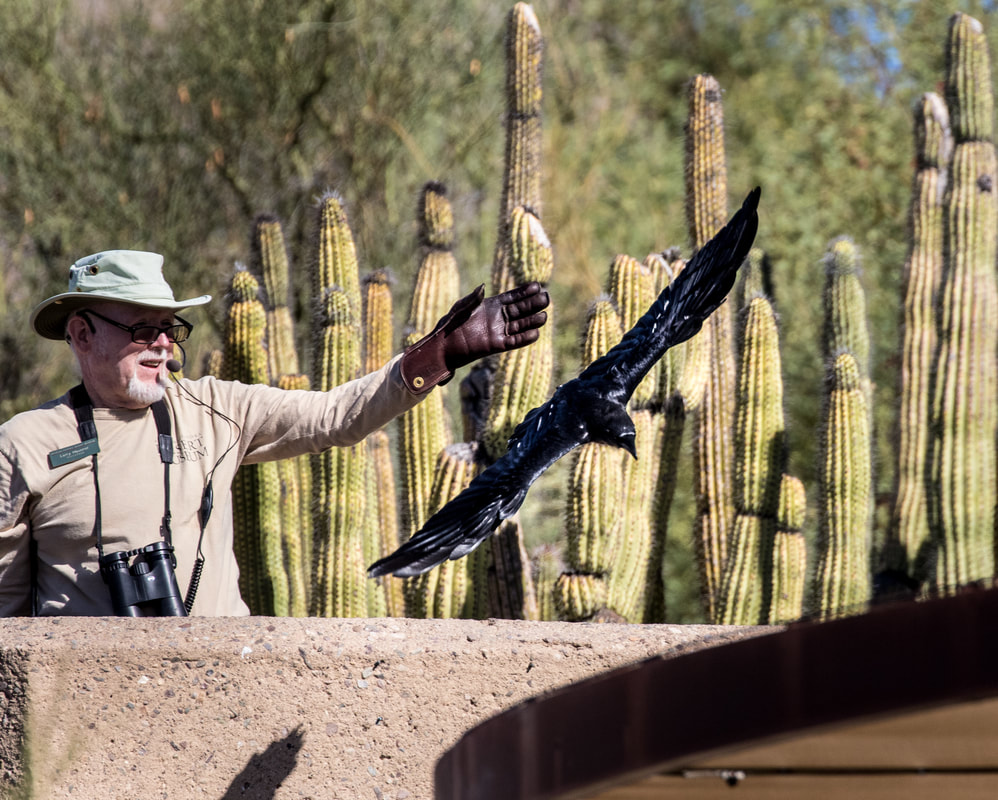
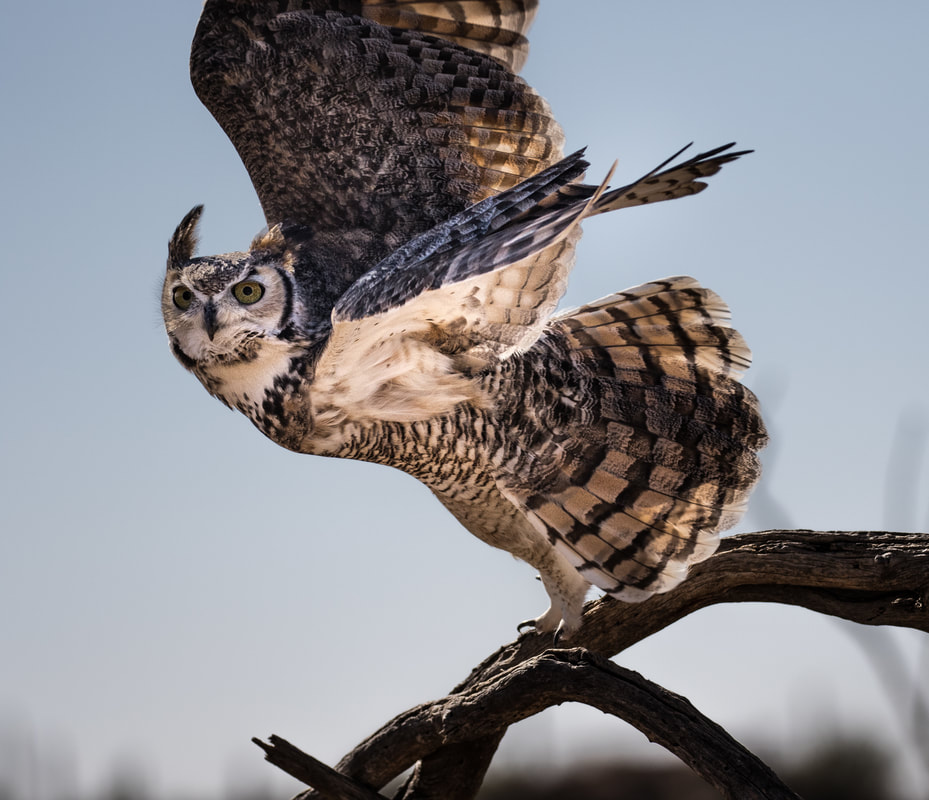
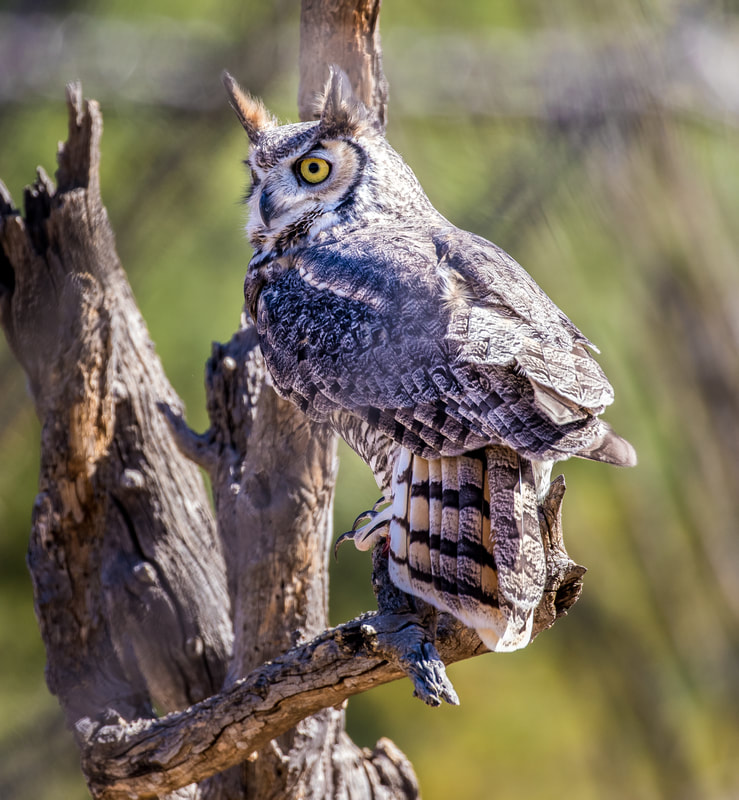
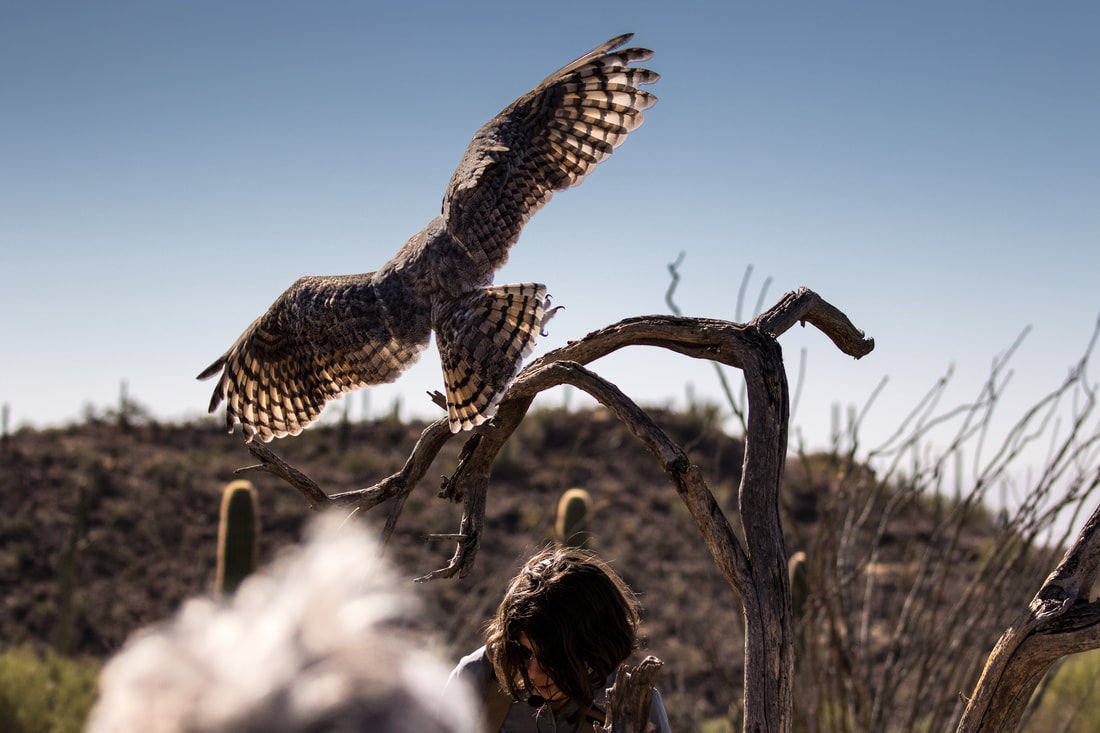
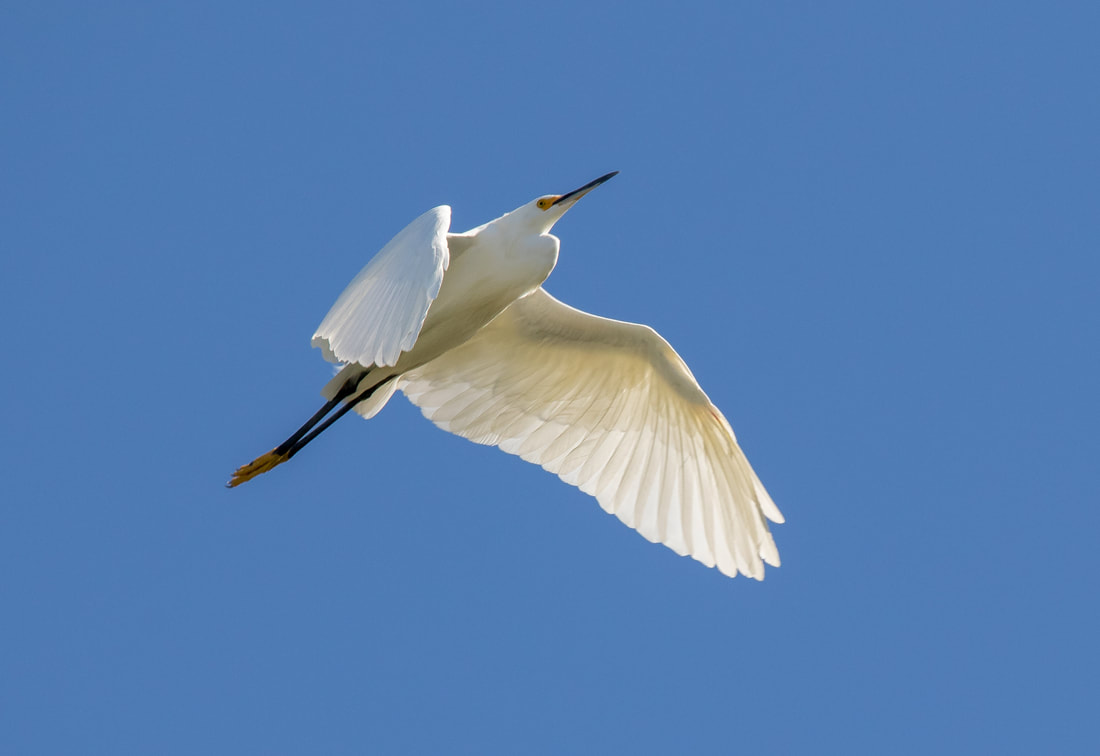
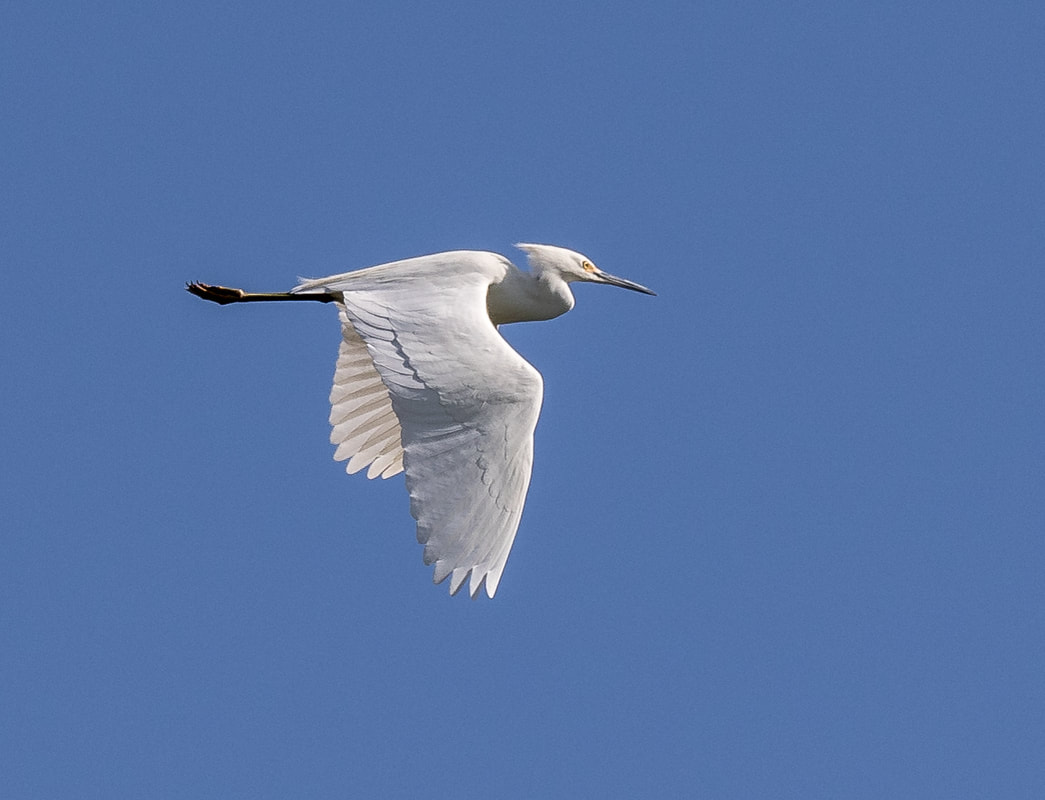
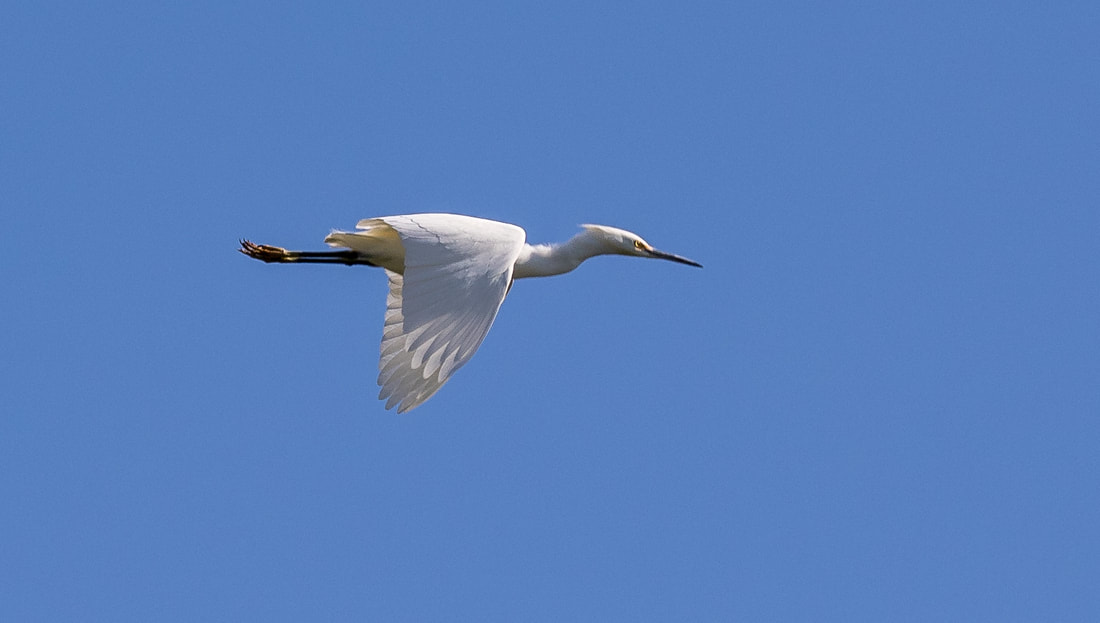
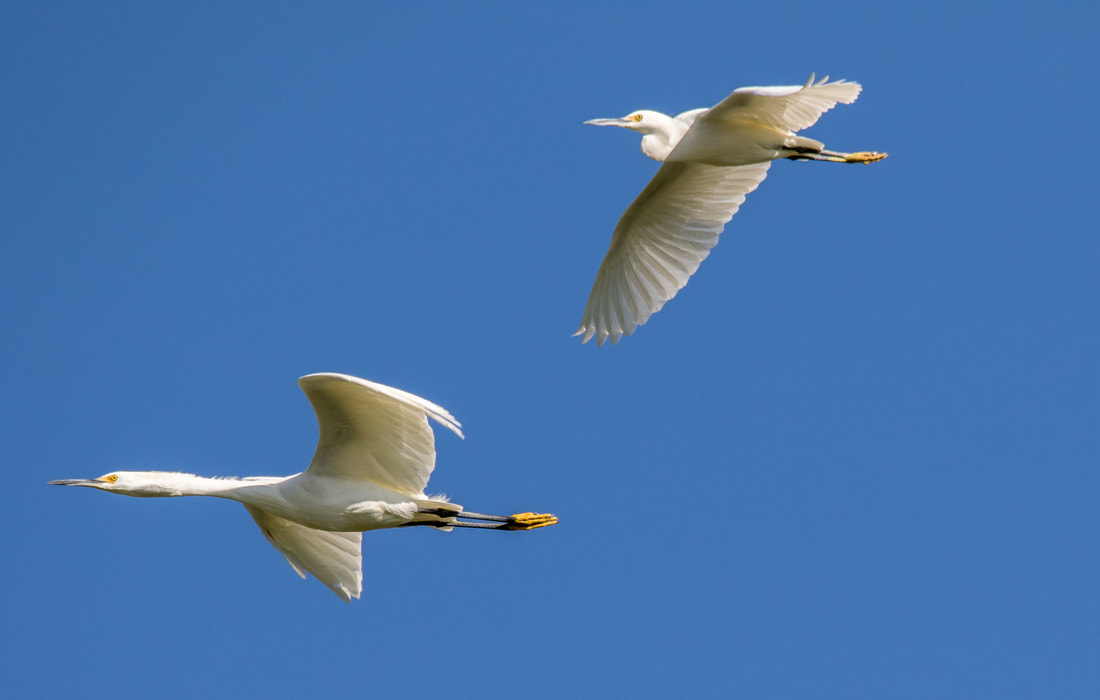
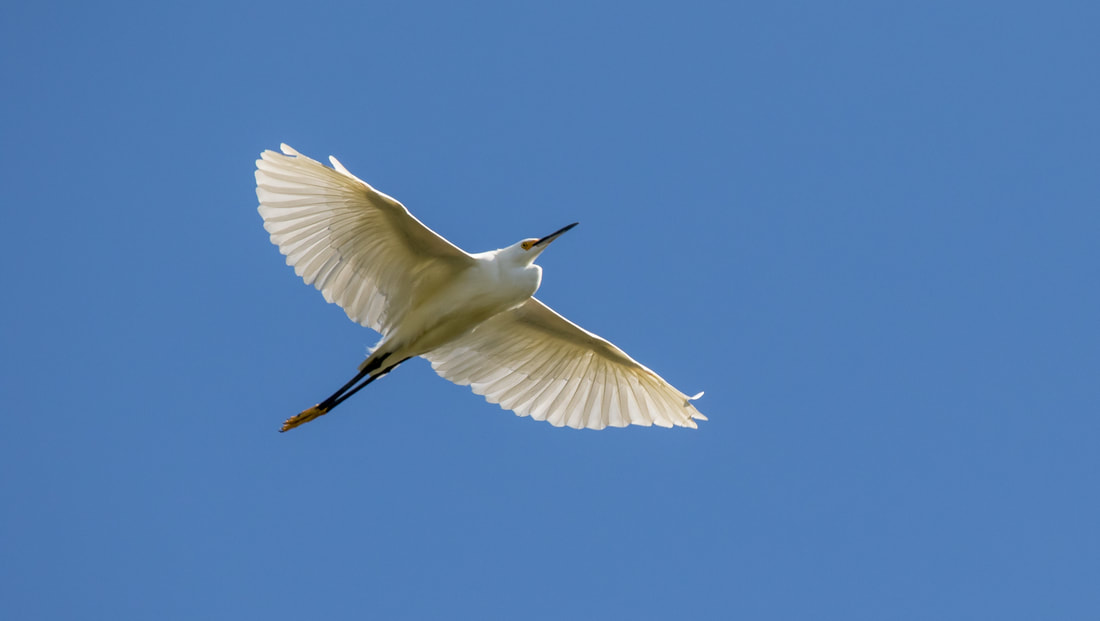
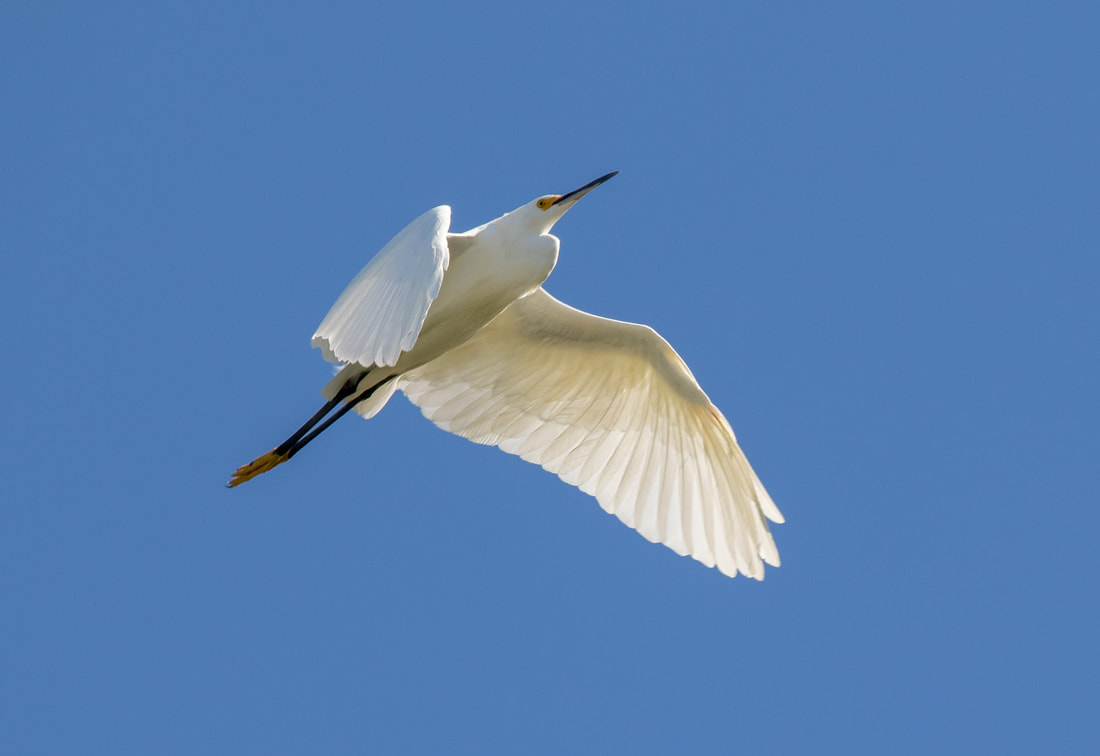
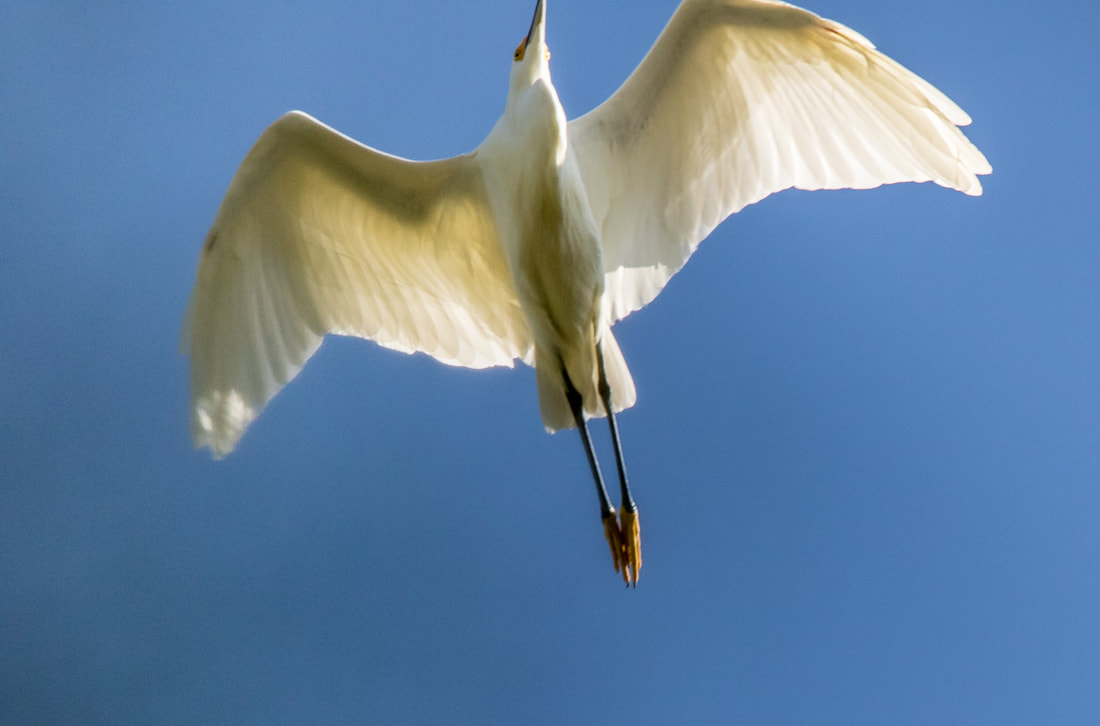
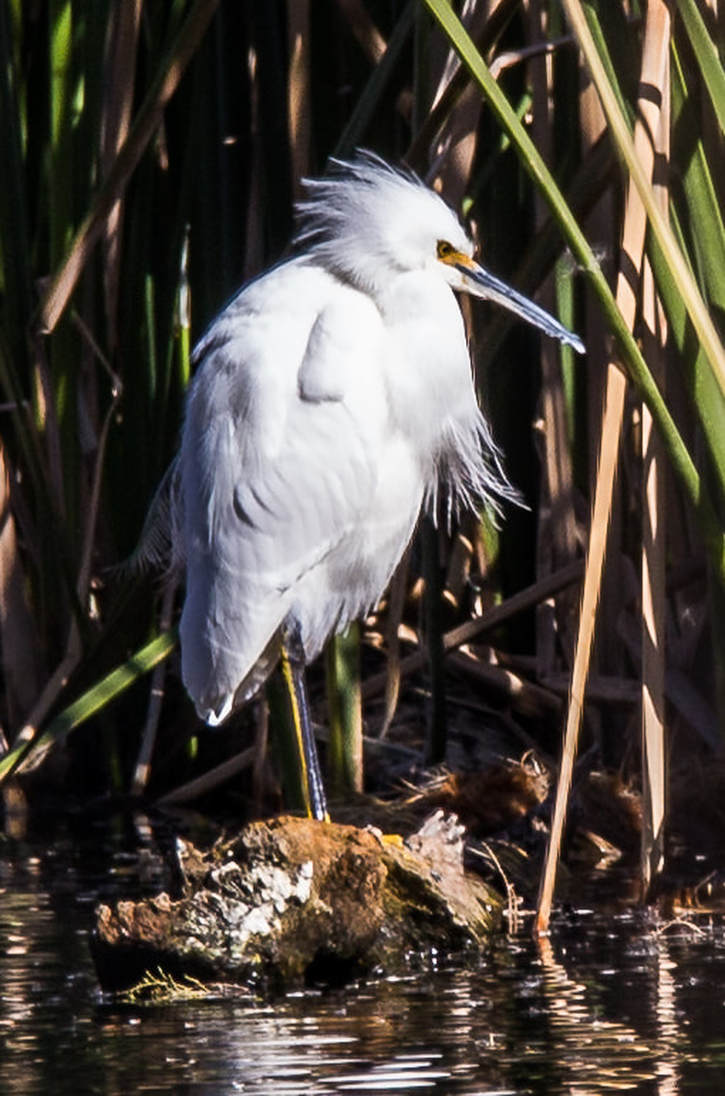
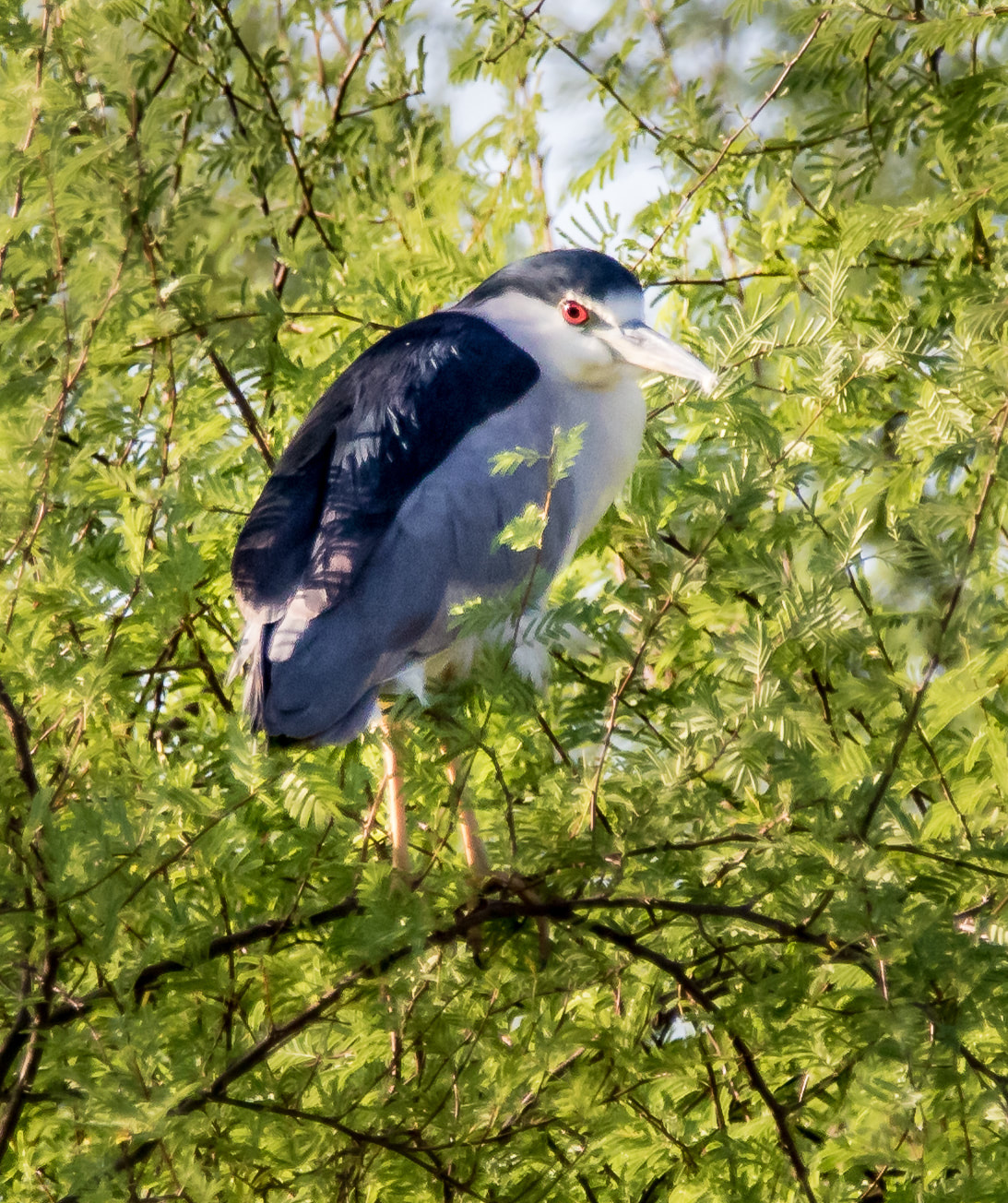
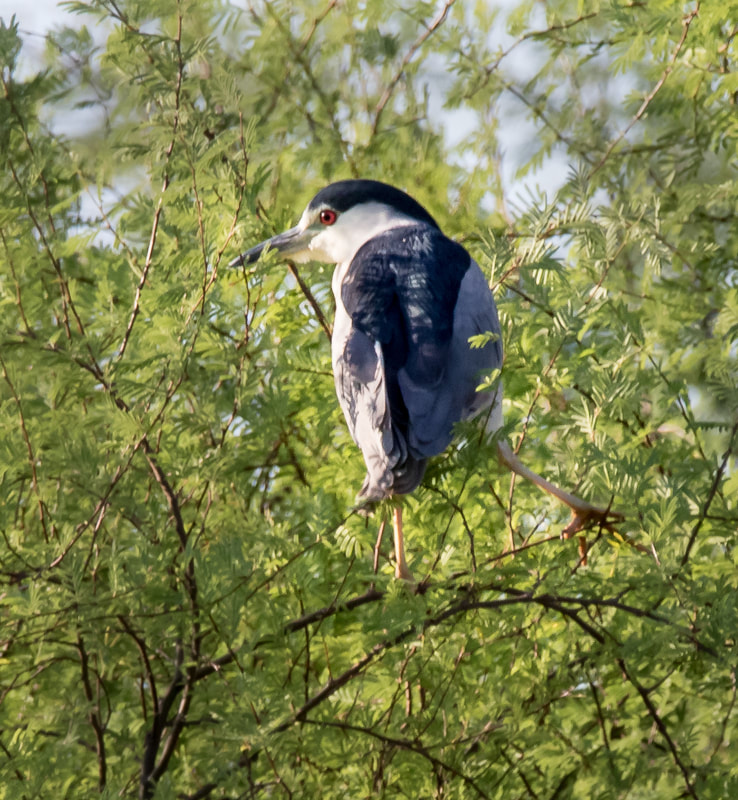
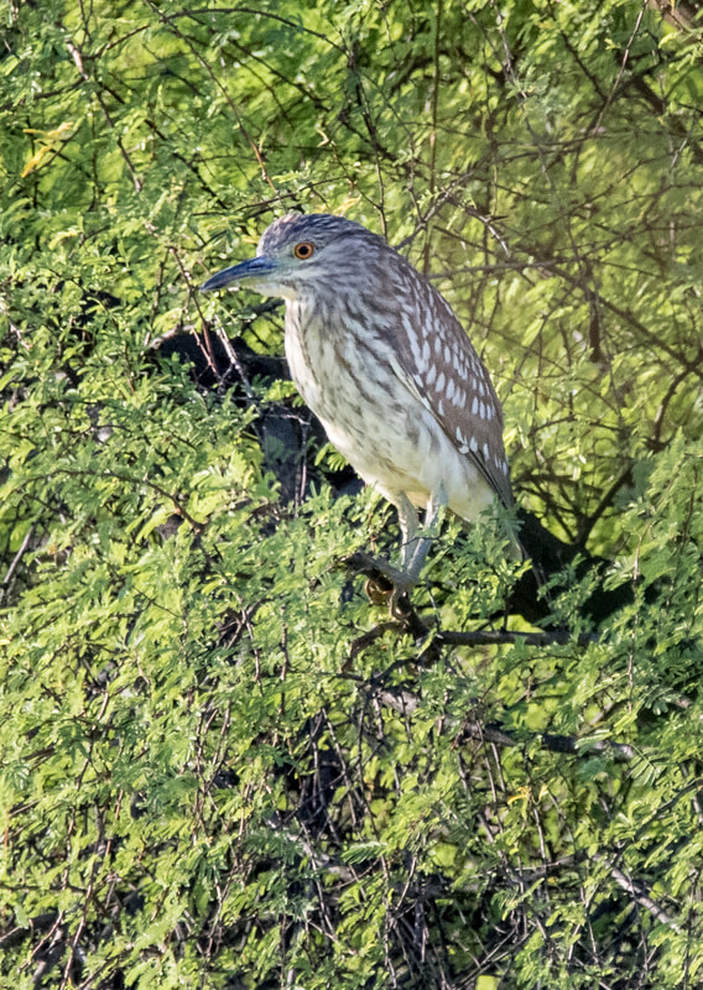
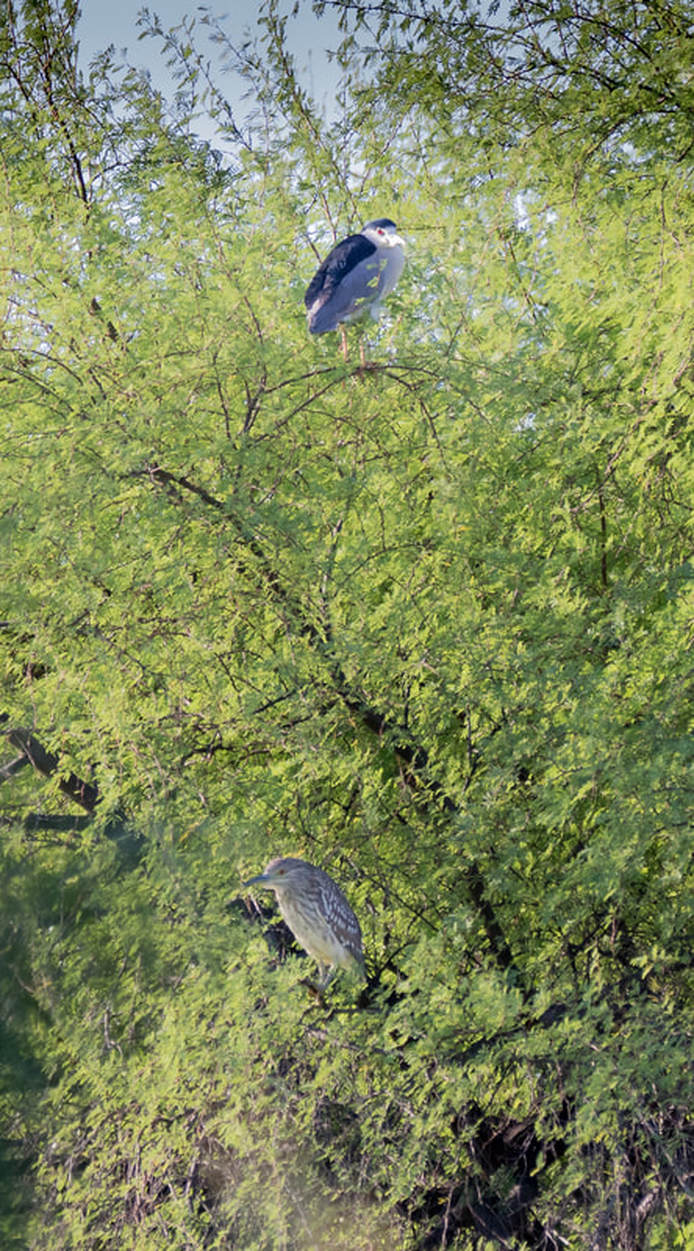
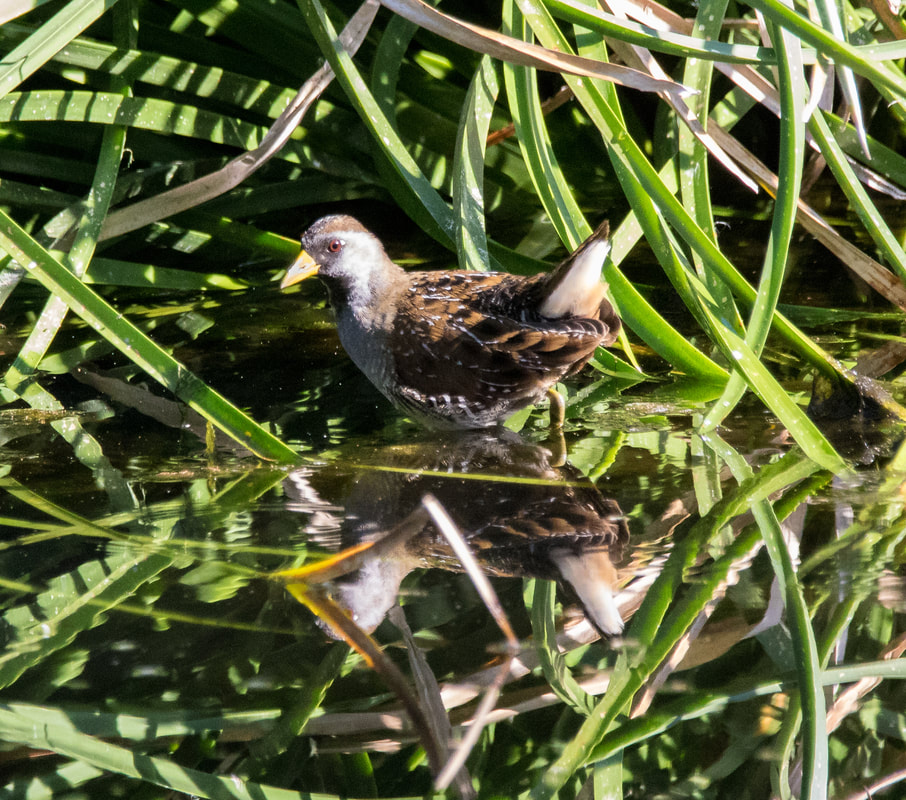
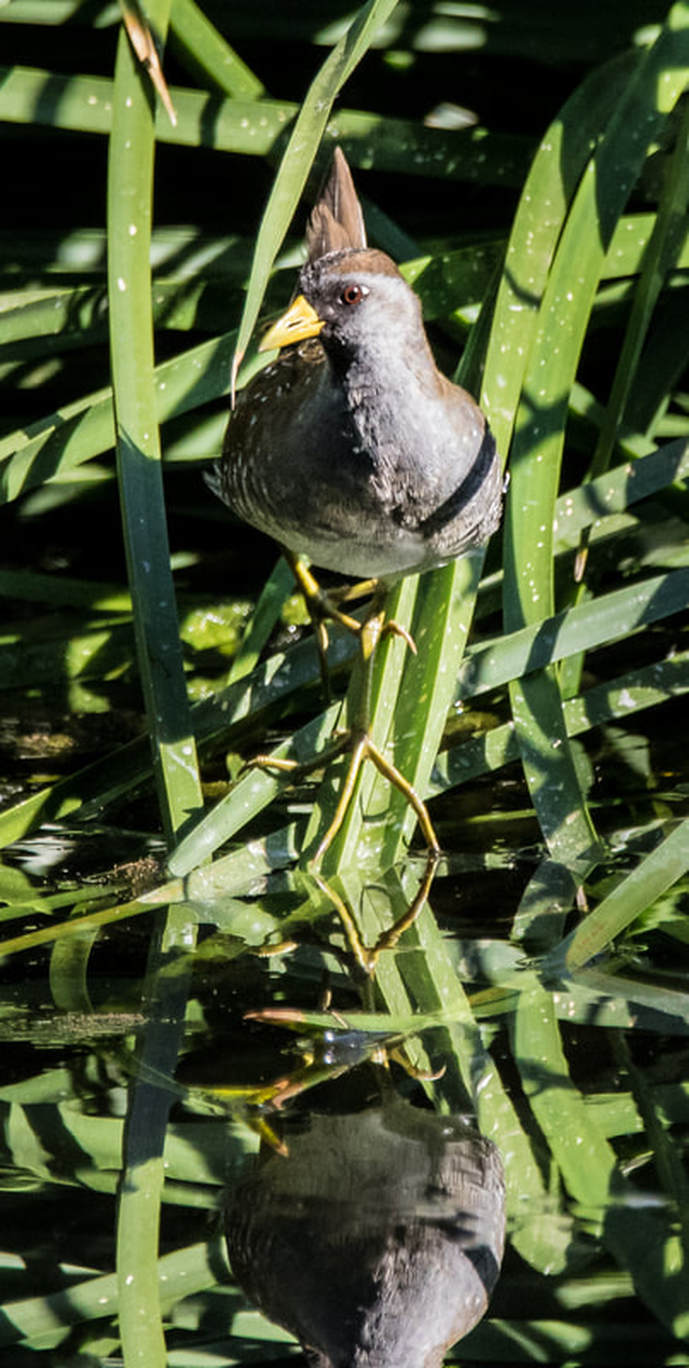
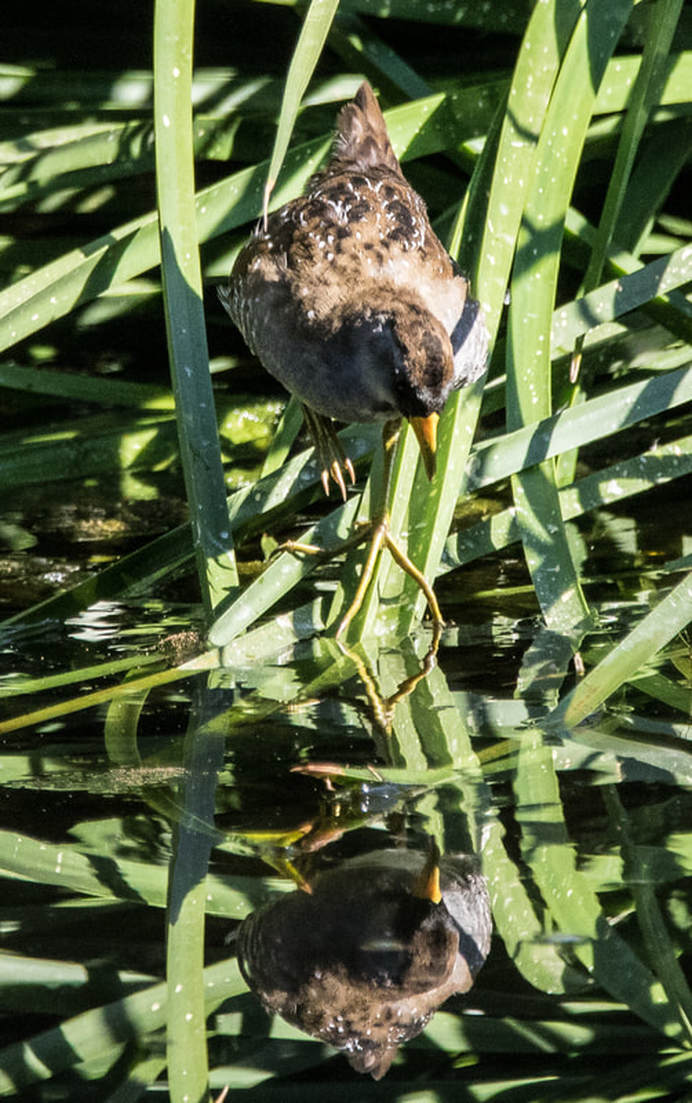
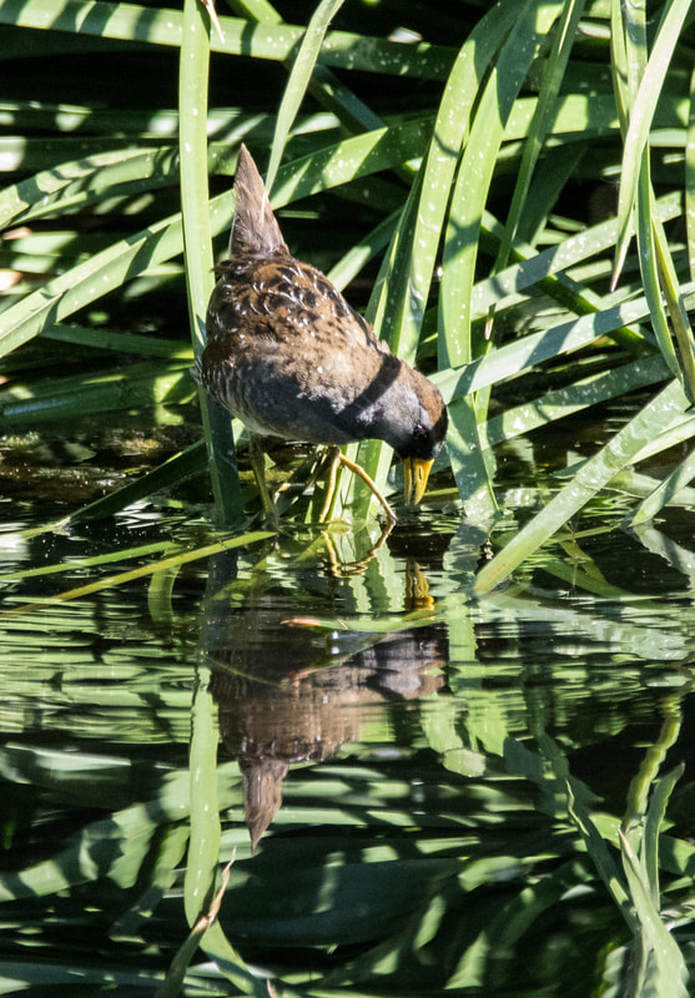
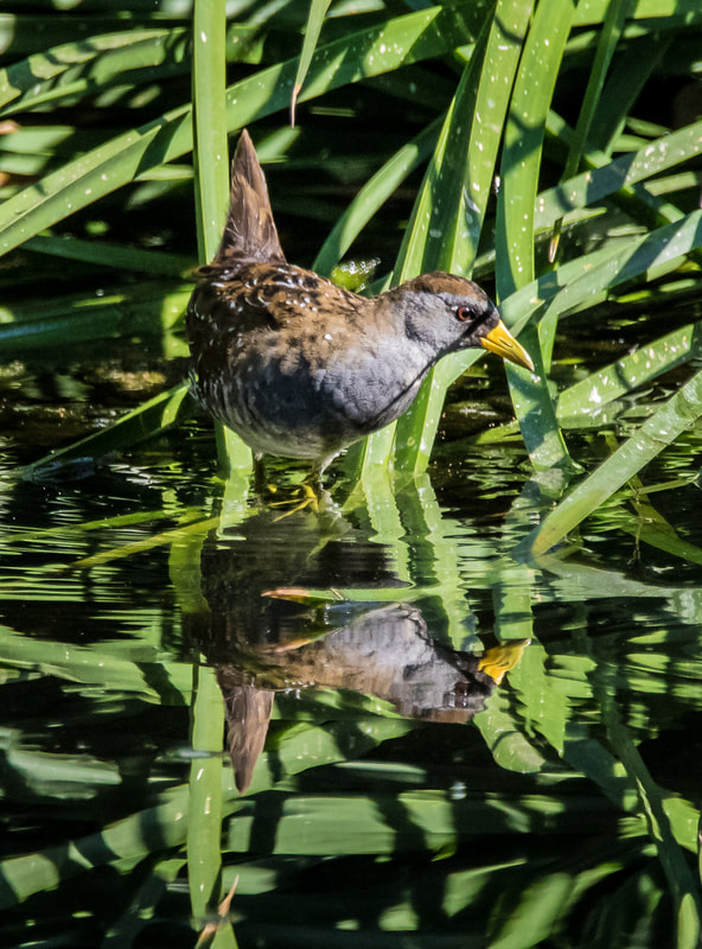
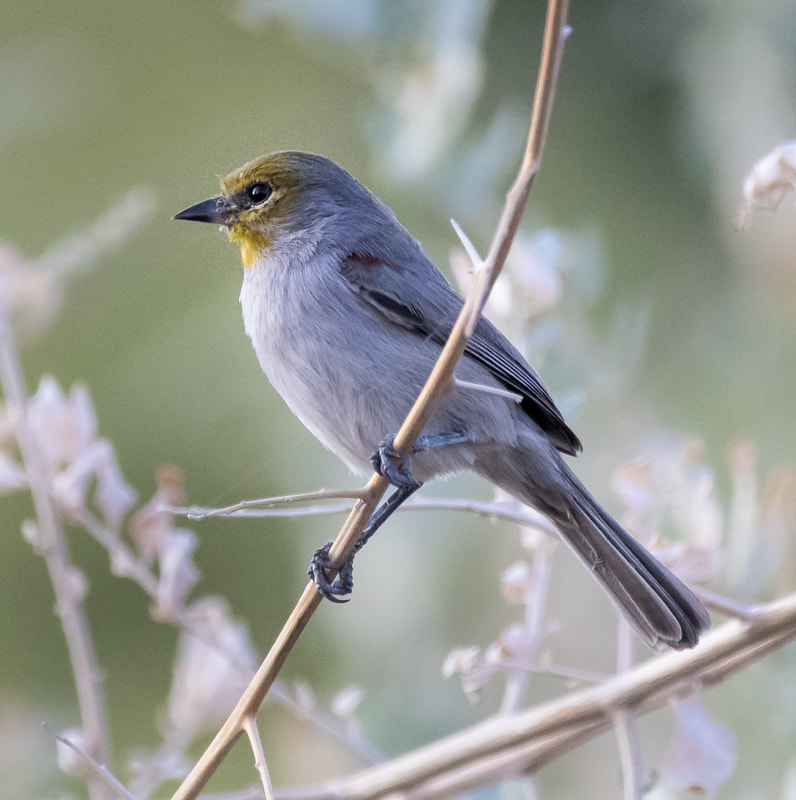
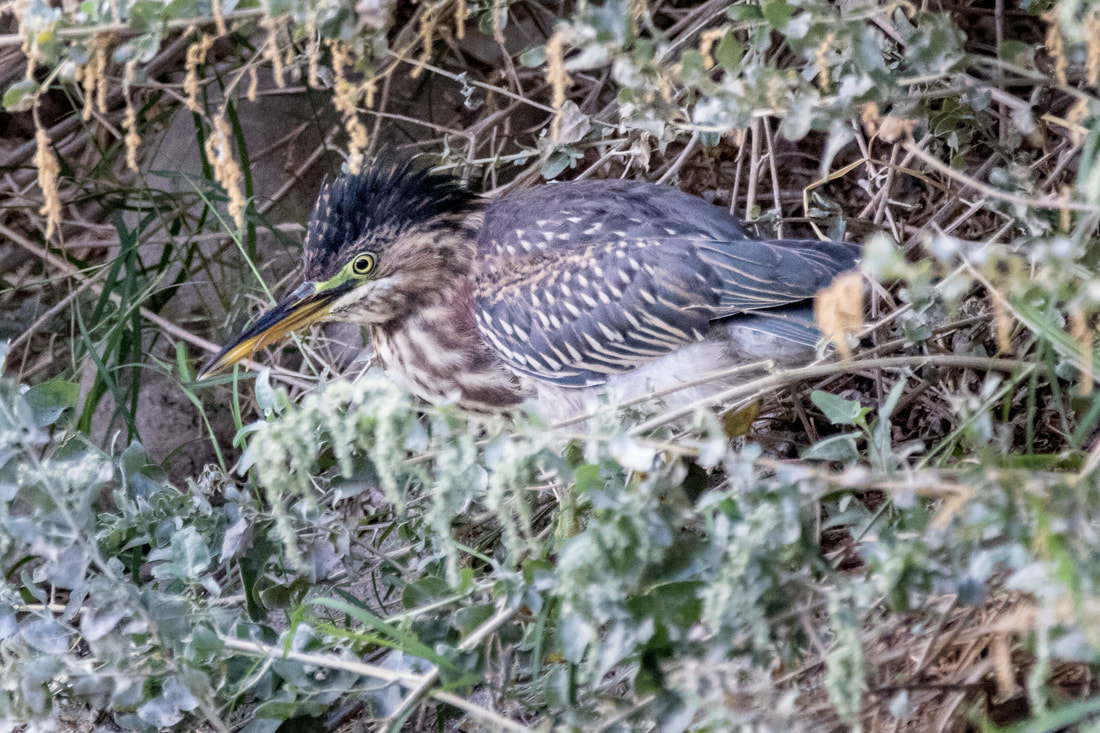
 RSS Feed
RSS Feed